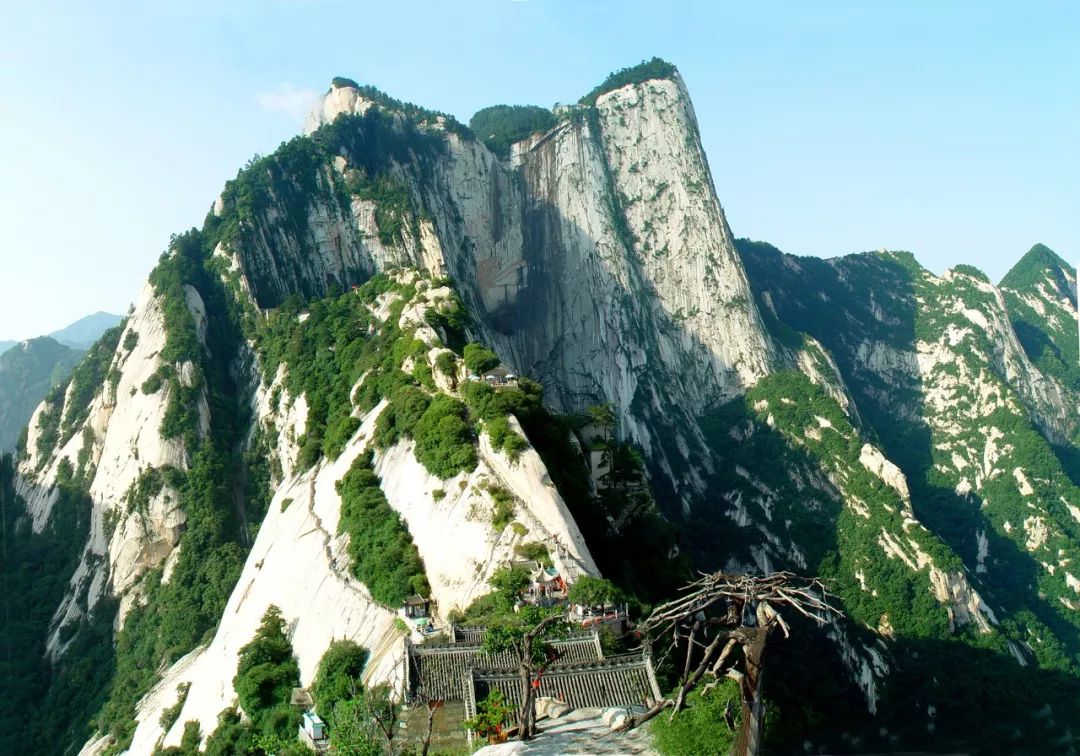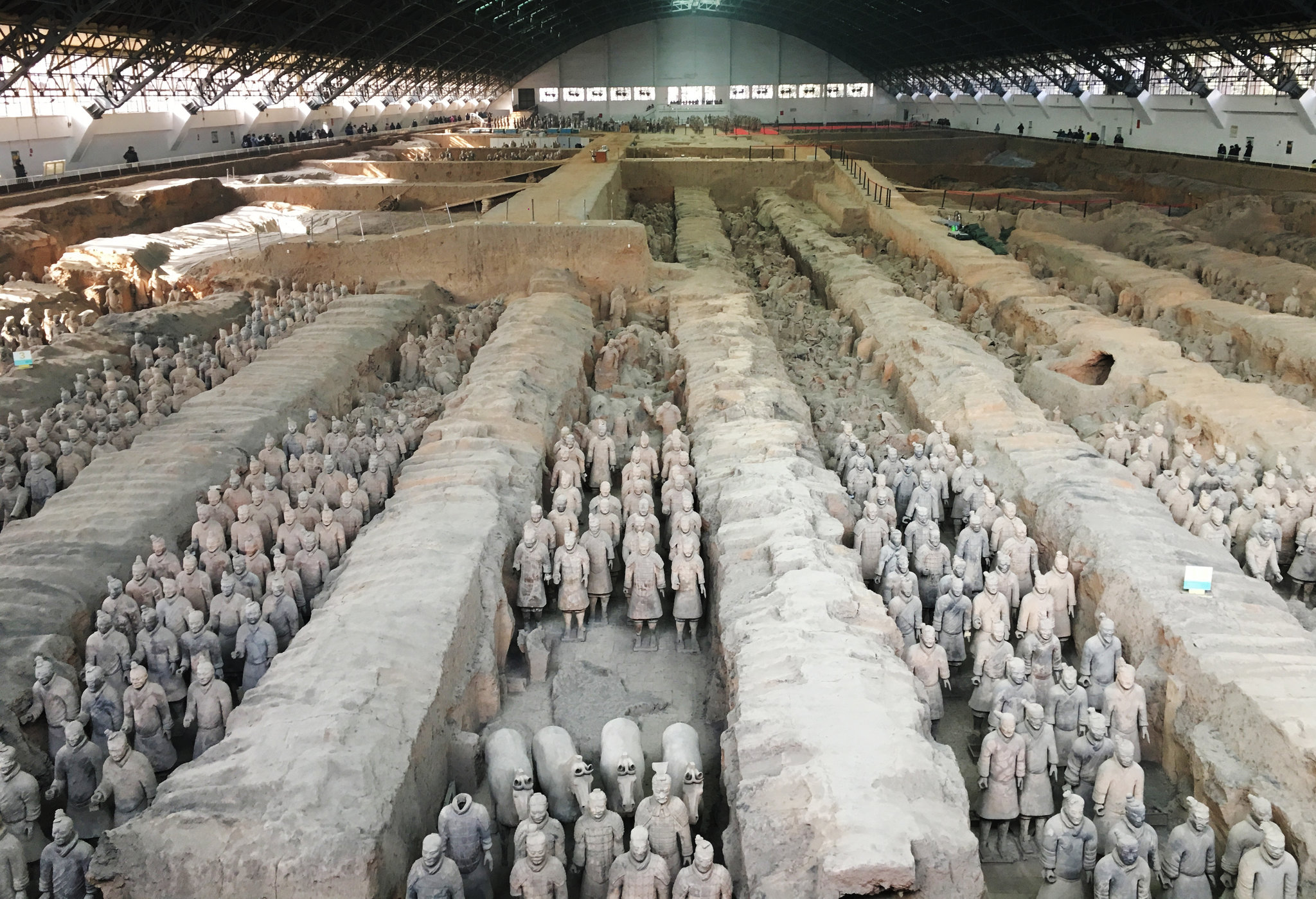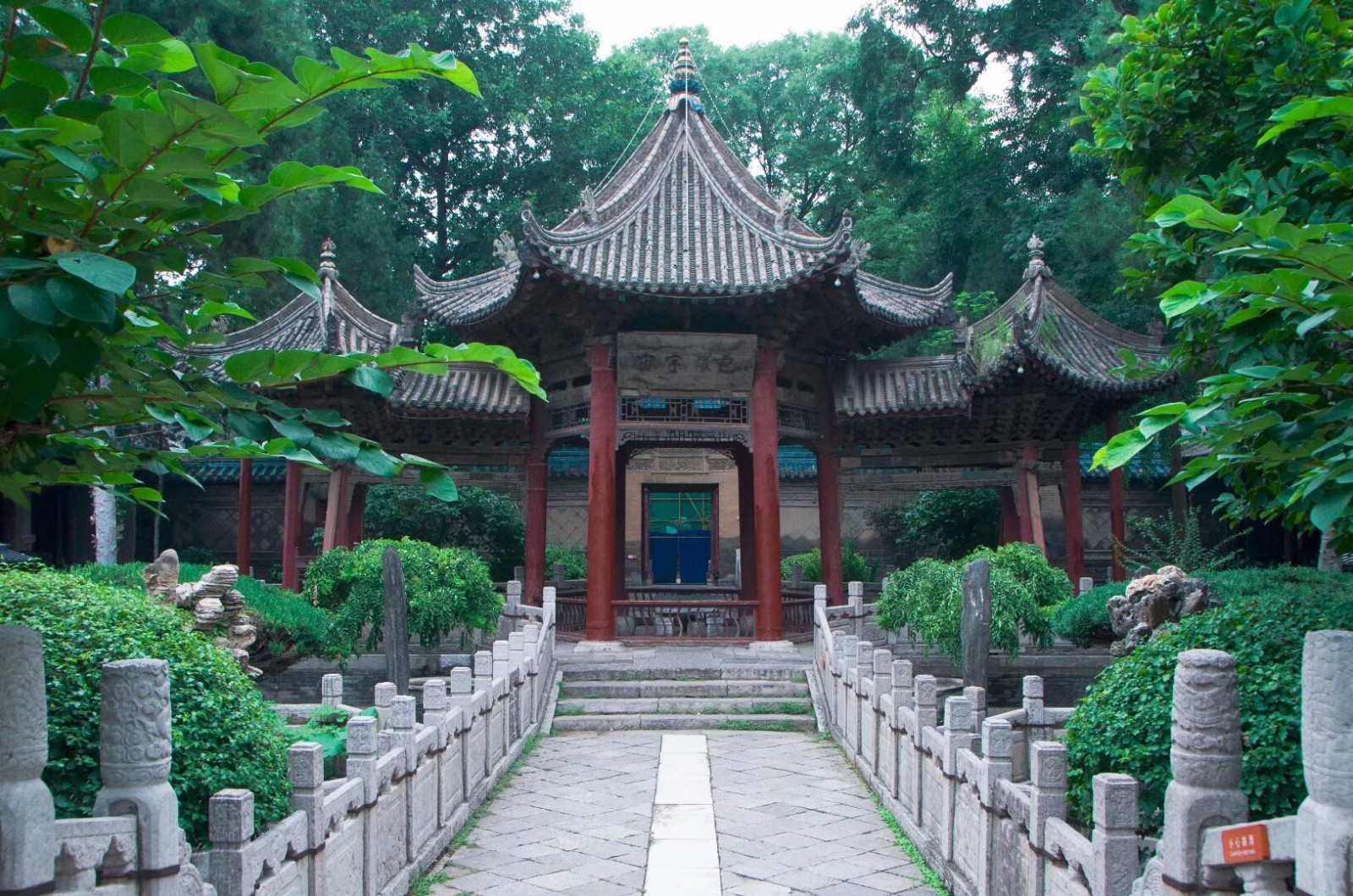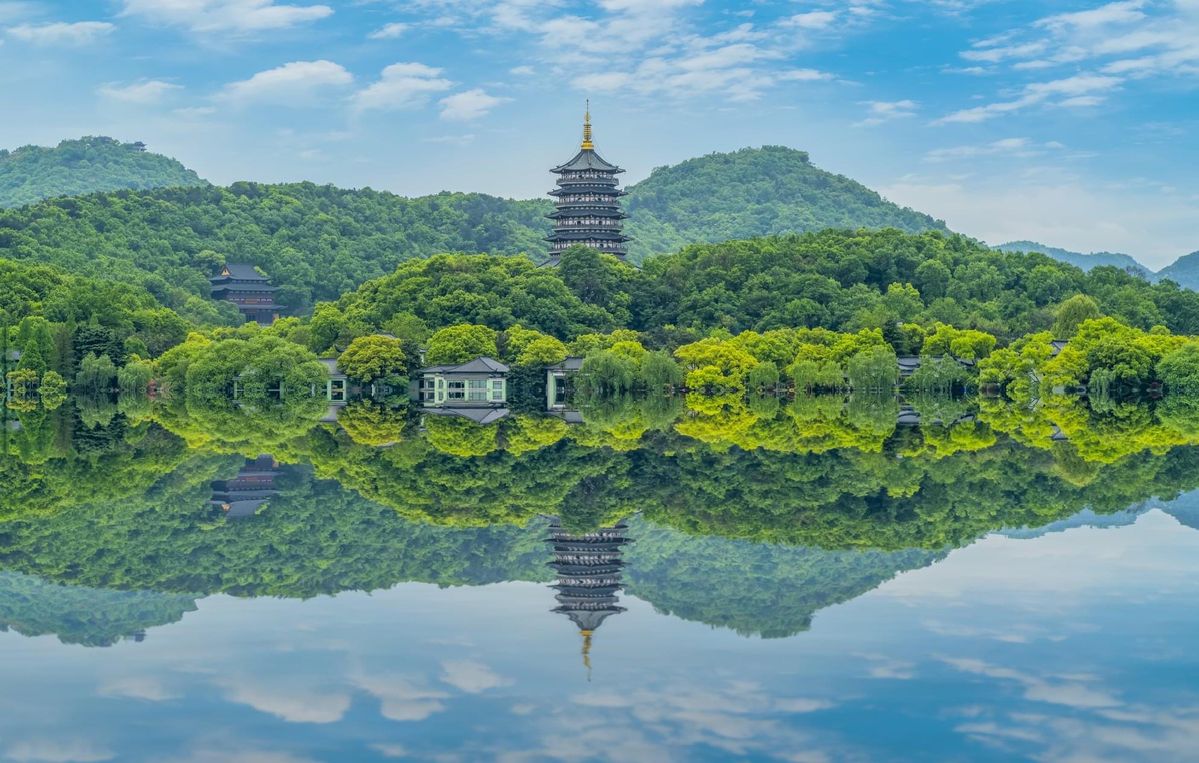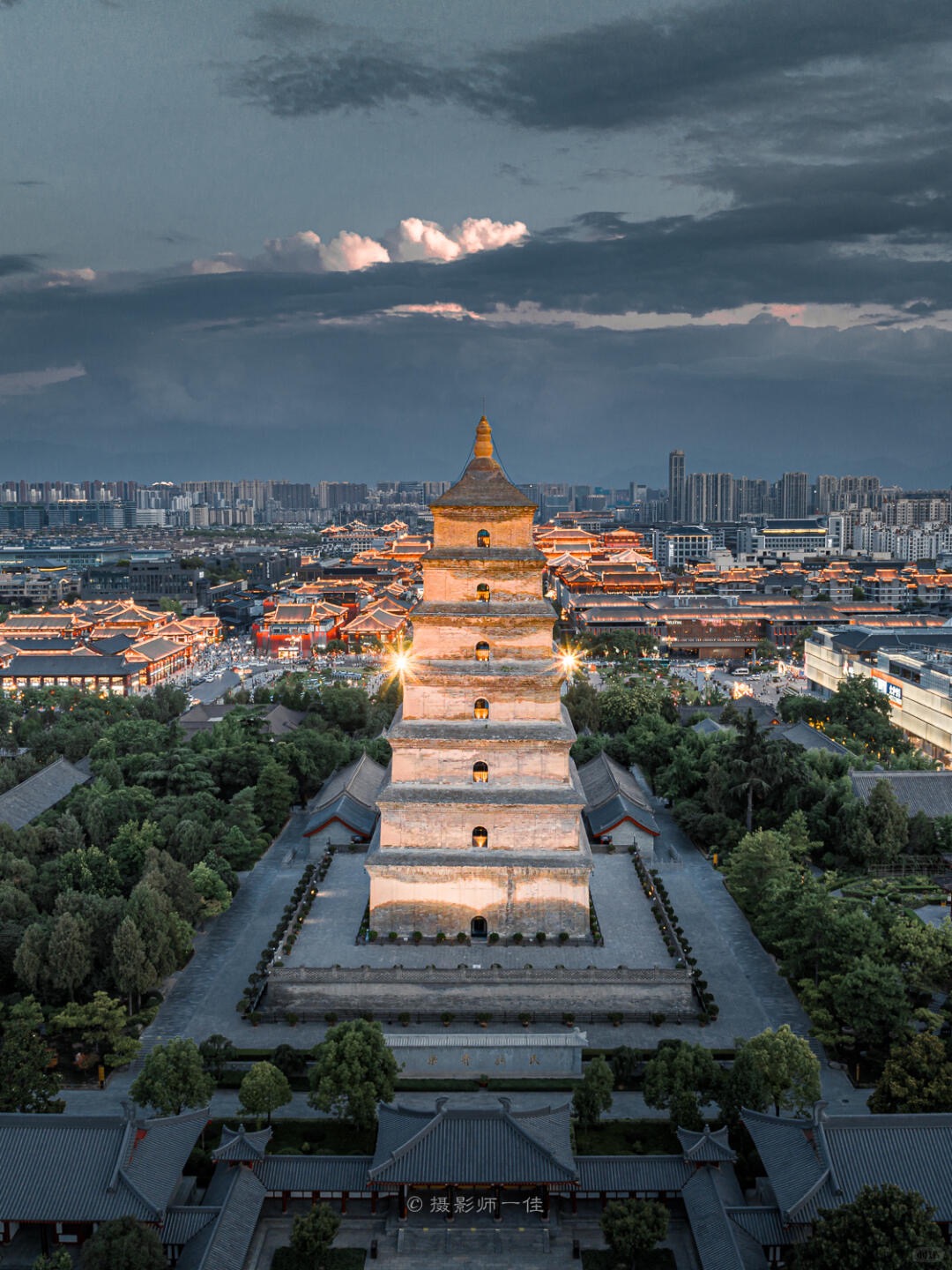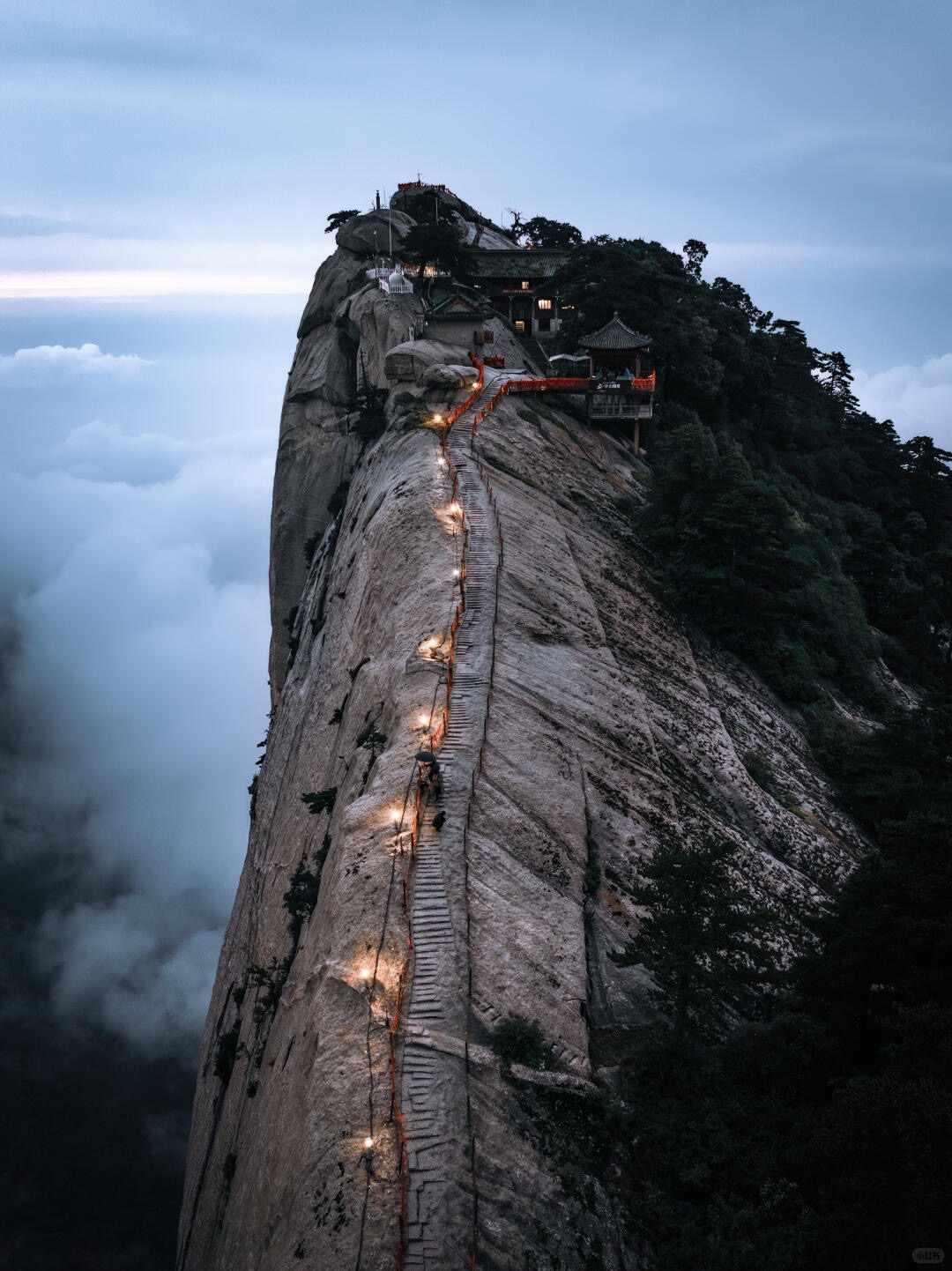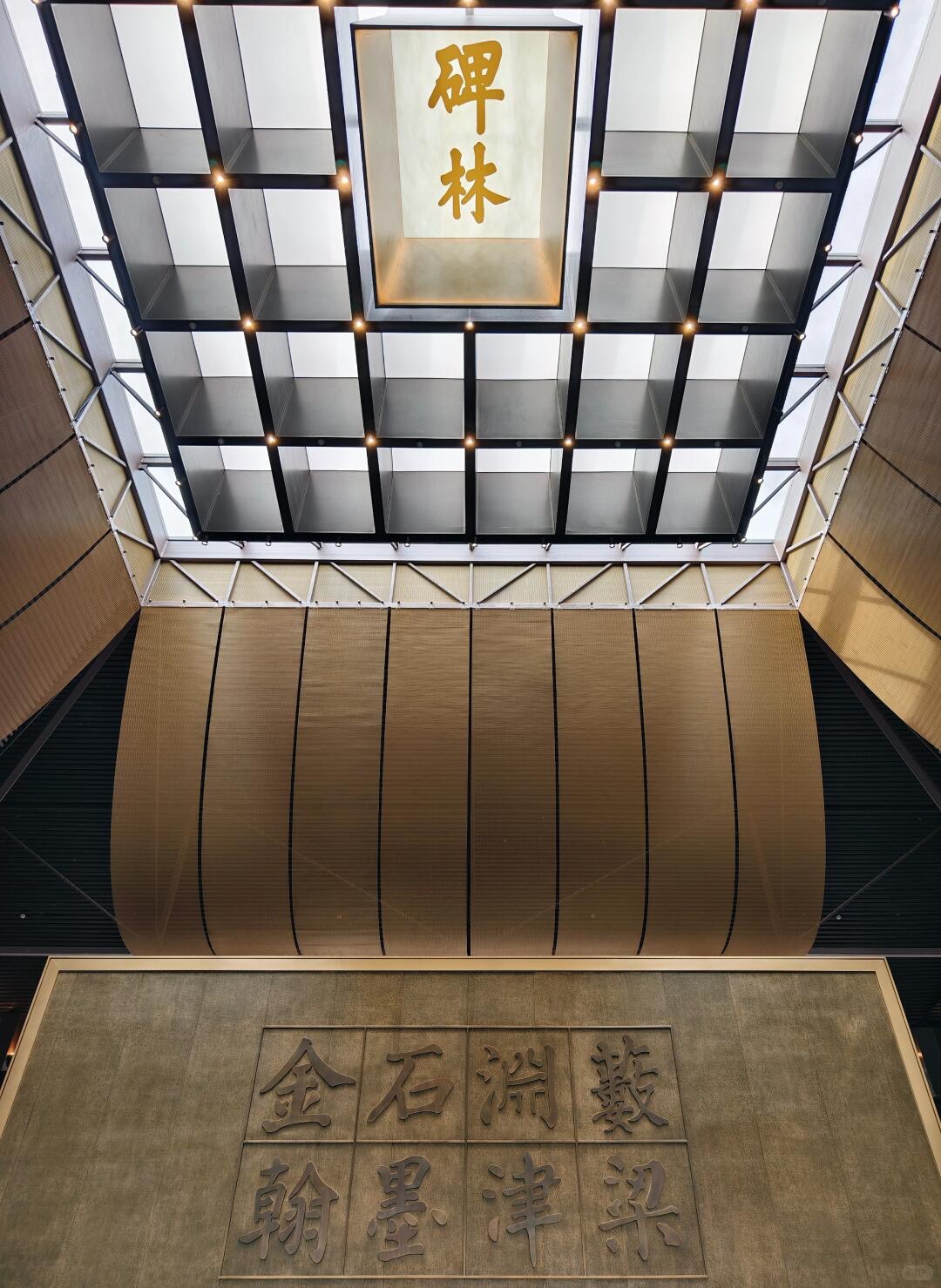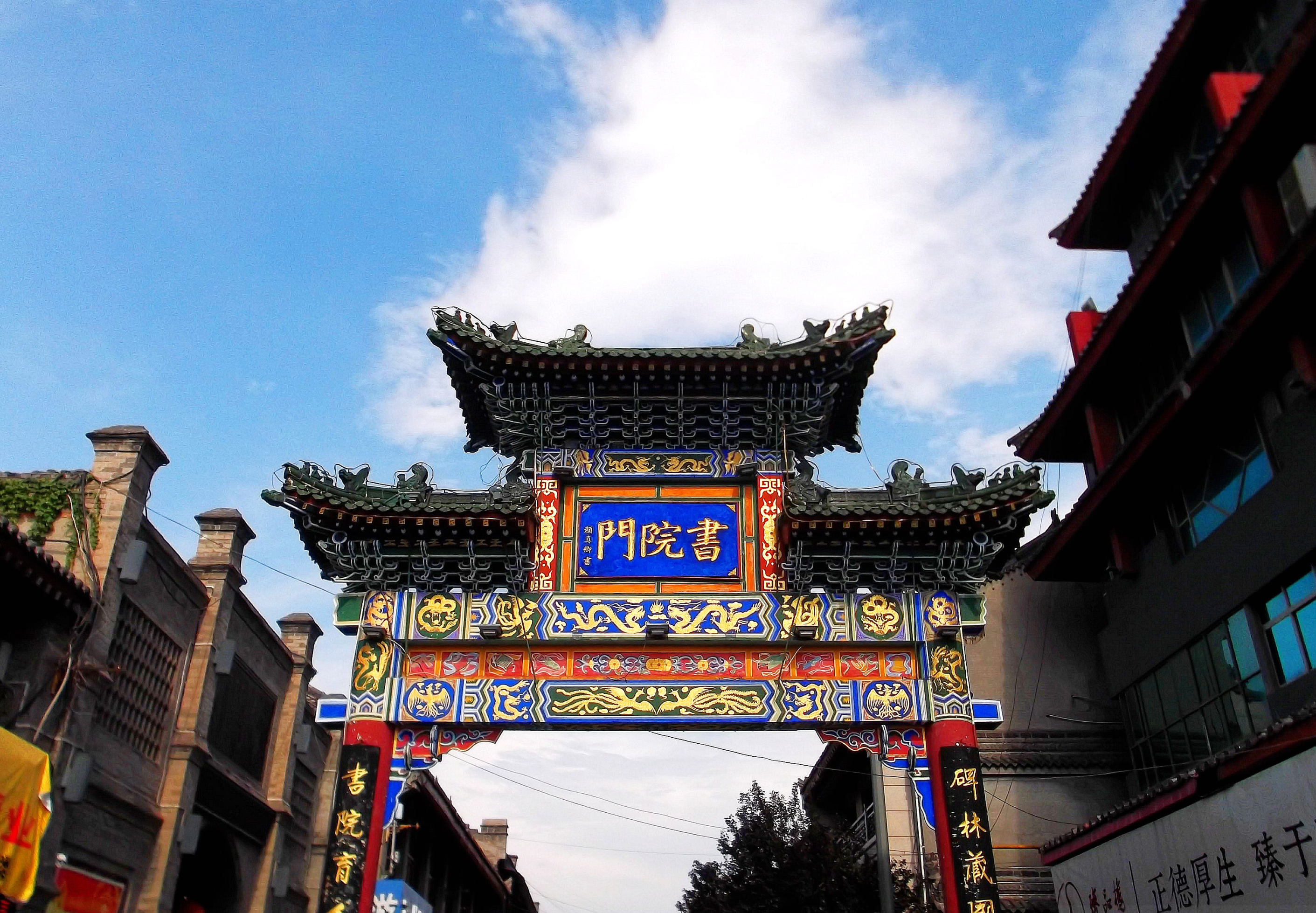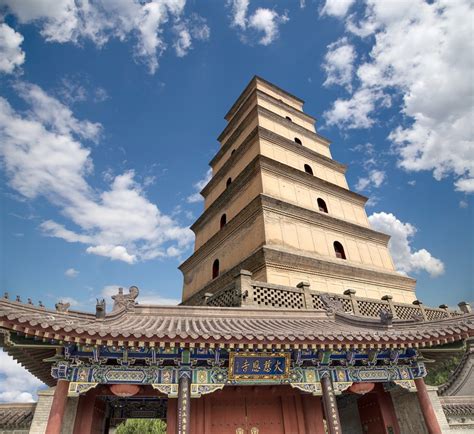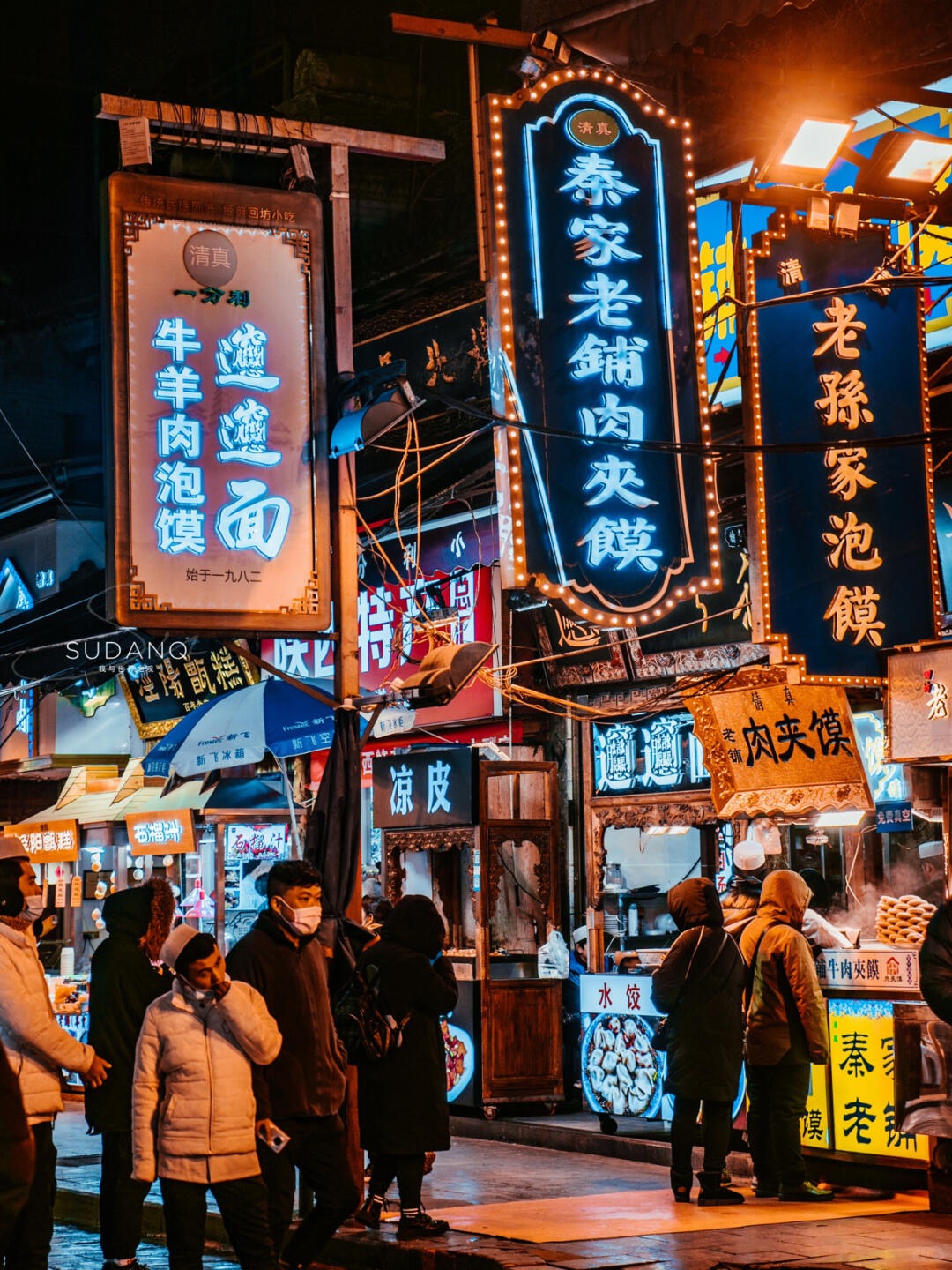

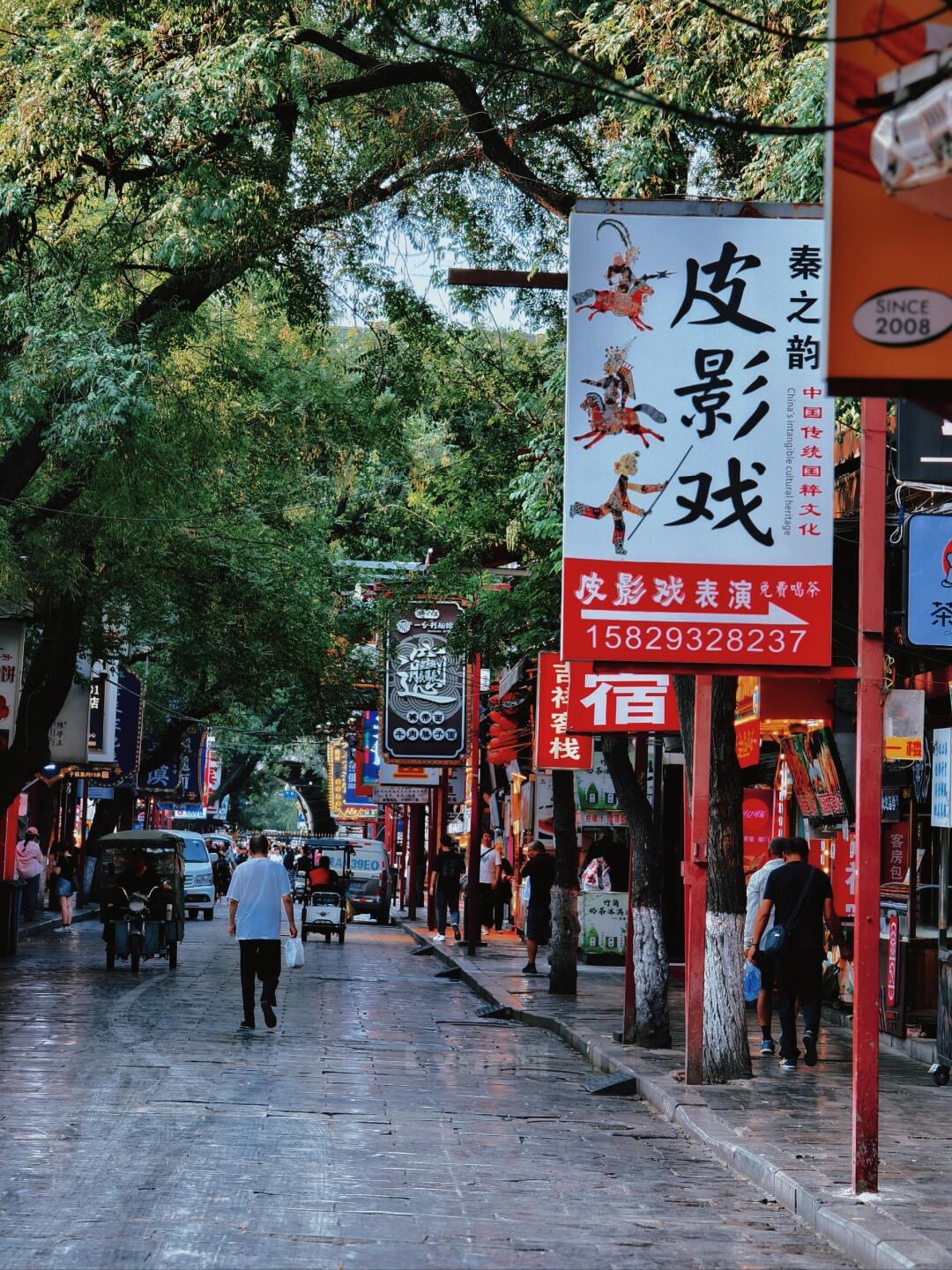
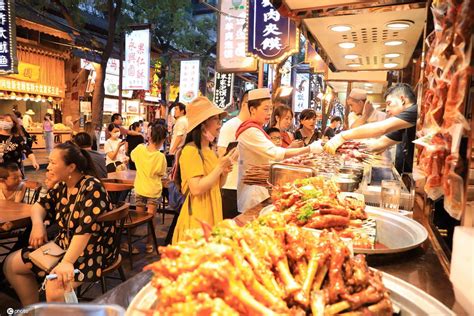
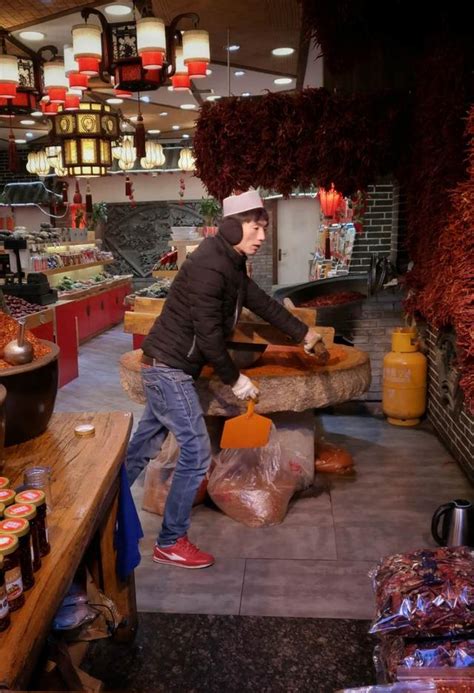
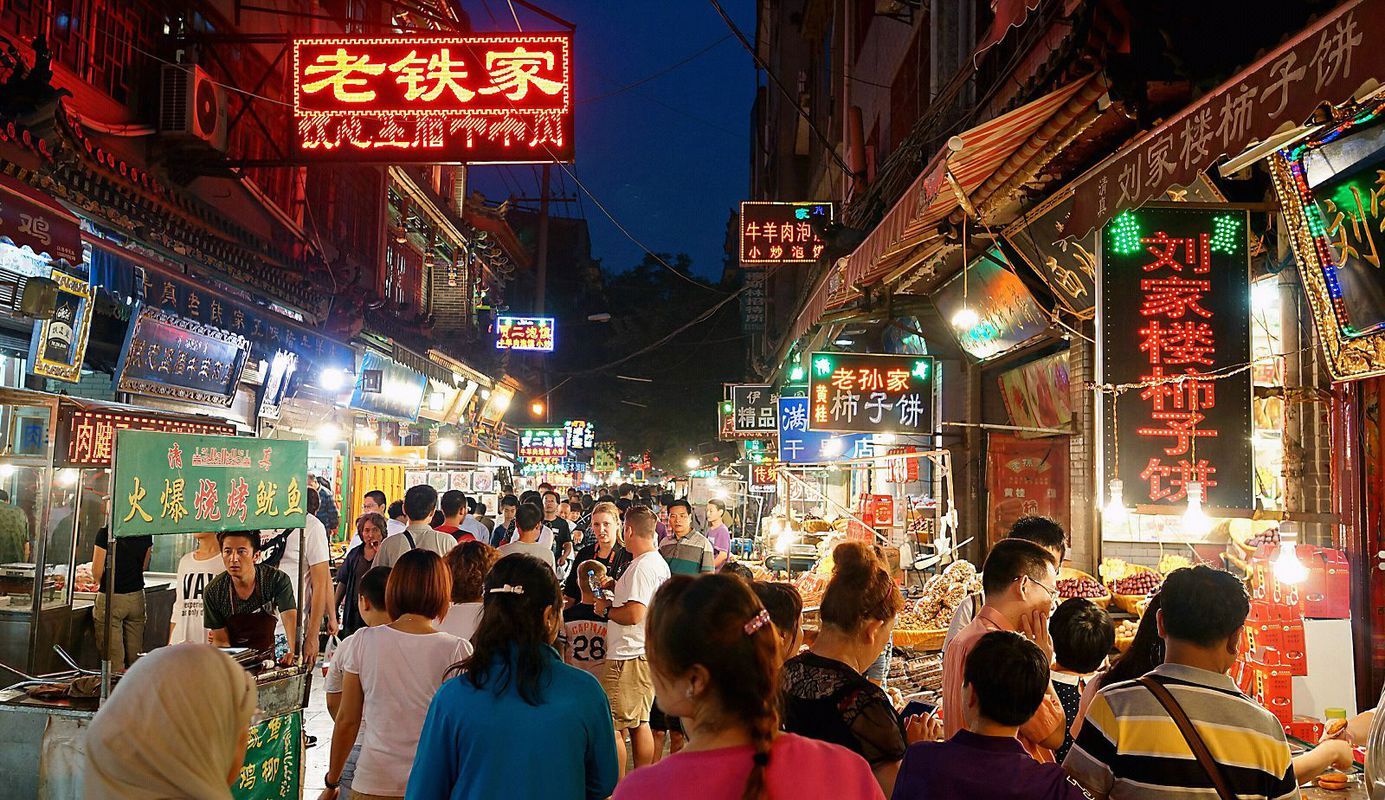
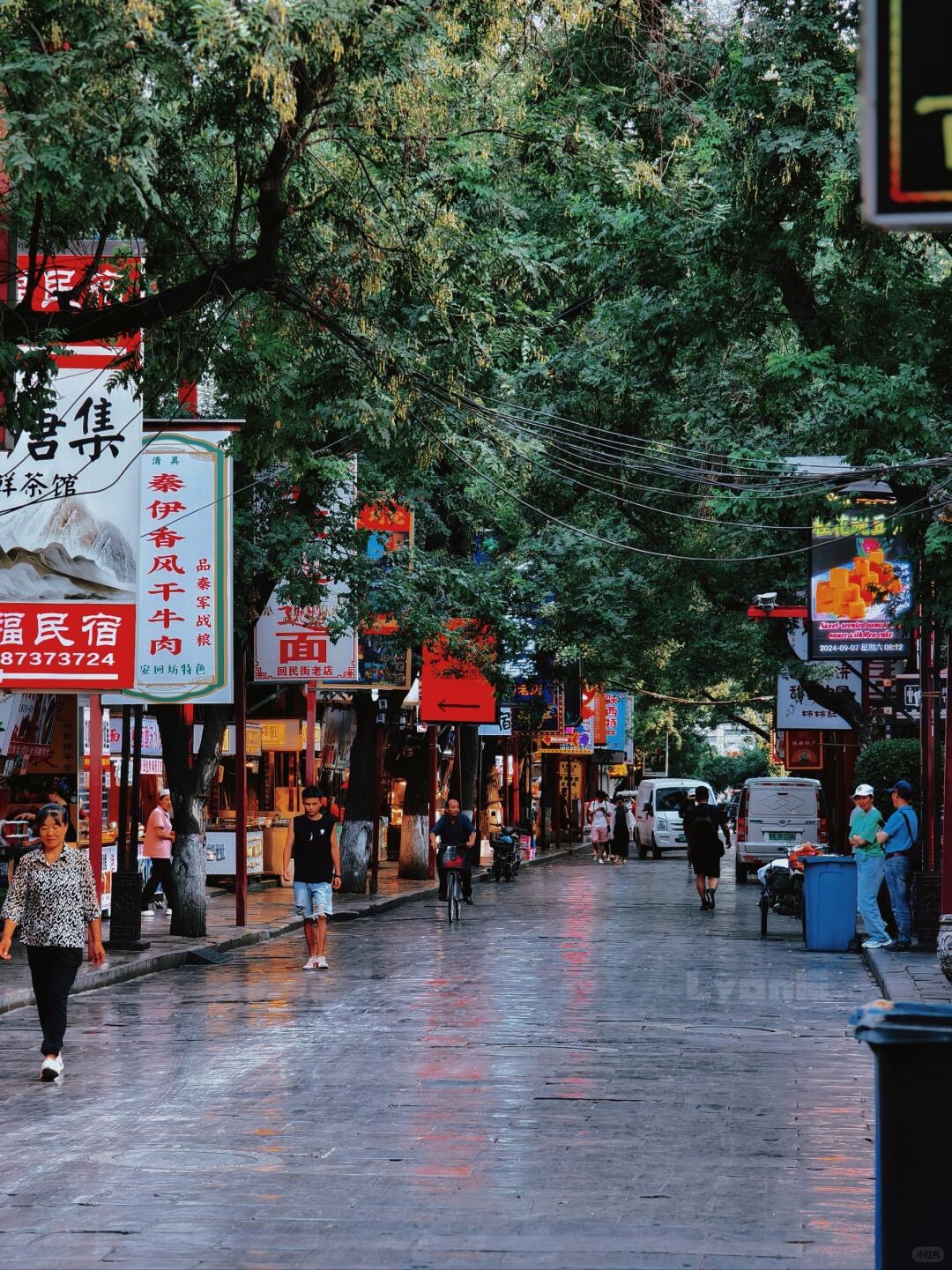

Muslim Quarter Food Street
Hui Fang Food Street, commonly known as the Muslim Quarter, is a renowned culinary destination in Xi'an, Shaanxi Province. Located near the Drum Tower, this area comprises several streets, including Beiyuanmen, Beiguangji Street, Xiyangshi, Dapiyuan, Huajue Lane, and Sajinqiao. The district is characterized by its well-preserved Ming and Qing dynasty architecture, with blue-gray stone pavements and traditional wooden facades. As a hub for the local Muslim community, the street offers a rich array of halal foods, reflecting the cultural fusion brought by merchants from the ancient Silk Road. Visitors can savor a variety of traditional snacks and dishes, such as lamb kebabs, roujiamo (Chinese hamburger), yangrou paomo (crumbled flatbread in mutton stew), and various pastries. The vibrant atmosphere, especially in the evenings, makes it a must-visit spot for both culinary enthusiasts and cultural explorers.
Information
Ticket price
Time
Location
Beiyuanmen, Lianhu District, Xi'an, Shaanxi, China
View maps
More about the trip
Muslim Quarter Food Street: A Culinary and Cultural Journey in Xi'an
Hui Fang Food Street, commonly known as the Muslim Quarter, is a renowned culinary and cultural destination in Xi'an, Shaanxi Province. Located near the Drum Tower, this vibrant area comprises several streets, including Beiyuanmen, Beiguangji Street, Xiyangshi, Dapiyuan, Huajue Lane, and Sajinqiao. The district is characterized by its well-preserved Ming and Qing dynasty architecture, with blue-gray stone pavements and traditional wooden facades. As a hub for the local Muslim community, the street offers a rich array of halal foods, reflecting the cultural fusion brought by merchants from the ancient Silk Road. It's a must-visit for food enthusiasts and cultural explorers.
What to See and Do
Culinary Adventure: Indulge in a wide variety of authentic halal street food and local snacks. Must-try dishes include:
- Yangrou Paomo (羊肉泡馍): Crumbled flatbread soaked in a rich mutton stew.
- Roujiamo (肉夹馍): The "Chinese hamburger" with shredded meat (often beef or lamb) in a baked bun.
- Biangbiang Noodles (biángbiáng面): Thick, hand-pulled noodles with a spicy sauce.
- Lamb Skewers (羊肉串): Grilled lamb skewers seasoned with cumin and chili.
- Persimmon Cakes (柿子饼): Sweet and soft pastries made from persimmons.
- Various pastries and sweets: Explore the many unique desserts and traditional sweets.
Great Mosque of Xi'an: Located within the Muslim Quarter, this is one of China's oldest and most unique mosques, blending traditional Chinese architectural styles with Islamic functionality.
Traditional Crafts and Souvenirs: Browse shops selling local handicrafts, traditional paper-cuts, leather goods, and souvenirs. You can often see artisans at work.
Vibrant Atmosphere: The area buzzes with energy, especially in the evenings, with the aroma of spices, the sounds of vendors, and the lively chatter of crowds.
Historical Architecture: Appreciate the well-preserved Ming and Qing dynasty architecture that gives the quarter its distinctive charm.
Best Time to Visit
The Muslim Quarter is lively throughout the day, but it truly comes alive in the evenings when the street food stalls are in full swing and the area is bustling with activity. Spring and autumn offer the most pleasant weather for outdoor exploration.
How to Get There
The Muslim Quarter is located just behind the Drum Tower. Take Metro Line 2 to Zhonglou Station (钟楼站) and walk west towards the Drum Tower. The entrance to the Muslim Quarter is directly behind the Drum Tower.
Travel Tips
Come hungry: This is primarily a food street, so arrive with an empty stomach to try as many dishes as possible.
Wear comfortable shoes: You'll be doing a lot of walking on crowded streets.
Bring cash/mobile payment: While many vendors accept mobile payments, having some cash is always useful for smaller stalls.
Be aware of crowds: The area can get very busy, especially during peak hours and holidays.

